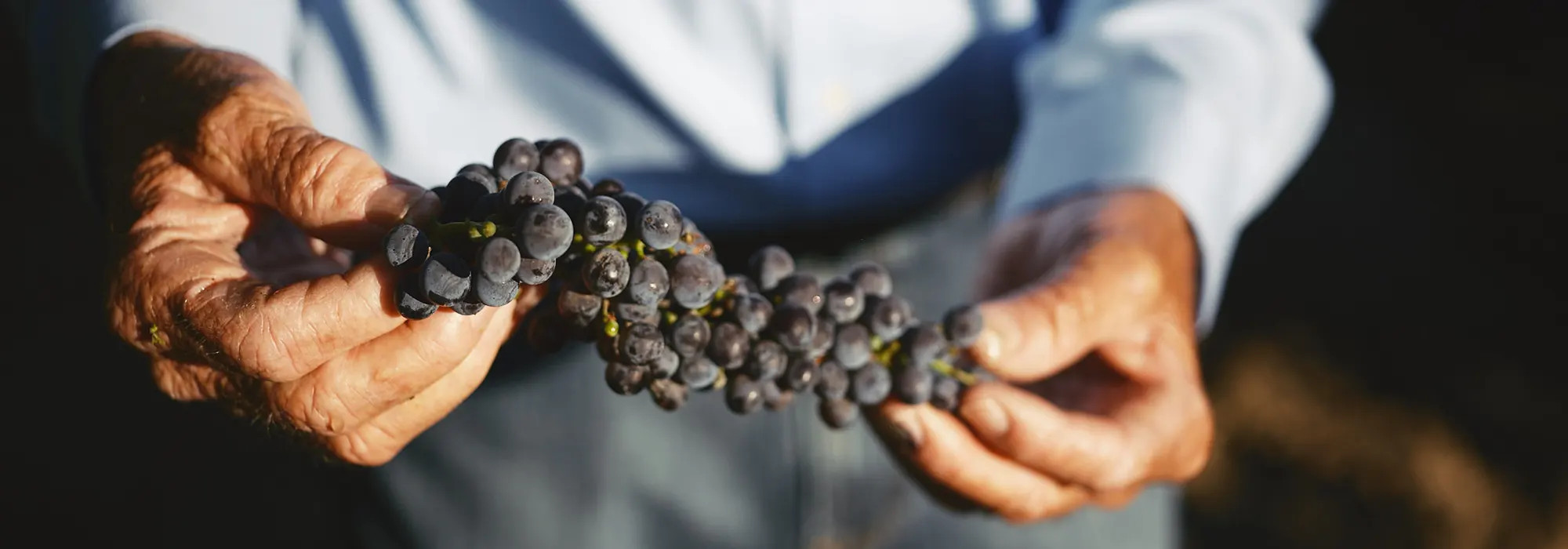What’s all the fuss about an AVA?
Temecula Valley, South Coast or California. They all work for wines produced here in the Temecula Valley, which just happens to be one of 230 American Viticultural Areas in the United States.
AVA’s as they’re often referred to, are designated winegrape growing regions that have been determined as “distinguishable by geographic features, within specific boundaries” that are defined by the Alcohol, Tobacco Tax and Trade Bureau (TTB), an arm of the US Department of the Treasury, which oversees the wine industry at the federal level. The TTB defines AVA’s at the request of wineries who combine forces and want to be recognized and distinguished from the larger AVA (in our case, South Coast and/or California). Petitioners must provide evidence that the proposed AVA is locally or nationally known, provide evidence that its boundaries are legitimate and that its growing conditions such as climate, soil, elevation and other physical features distinguish it from it’s larger counterpart(s).
The Temecula Valley AVA was established on November 23, 1984. While most recognize the east side of the Interstate 15 as Temecula Valley Wine Country, the AVA’s vastness may surprise you! AVA’s usually use distinguishable geographic boundaries, like mountains, rivers and creeks to define their areas, and the Temecula Valley AVA is no different. It’s Northern most point is located where the Santa Rosa Land Grant boundary meets the Eastern most point of the Cleveland National Forest boundary. It follows Southwesterly along that boundary until it reaches the San Diego County line, where it continues Southeasterly along the Riverside/San Diego County lines. There, it converges with the many Land Grants that were established years ago and wrangles it’s way along – even including some of – the Pechanga Indian Reservation. Following mountain ranges, crossing Hwy 79 and trailing the many creeks in the region, it traverses along to Buck Road and all the way to Orange Street in Wildomar before heading back up through Murrieta’s La Cresta area to the Santa Rosa’s. Ya’ learn something new every day, huh?
Now, the next rule is, if you see Temecula Valley on a wine label, 85% of the grapes used to make that wine, have to be grown here. So now that you’re in the know, be on the look-out. Oh, and drink Temecula Valley!



